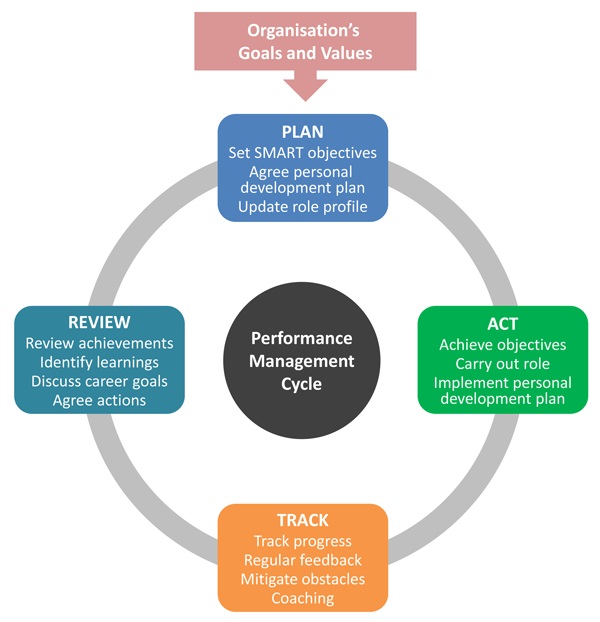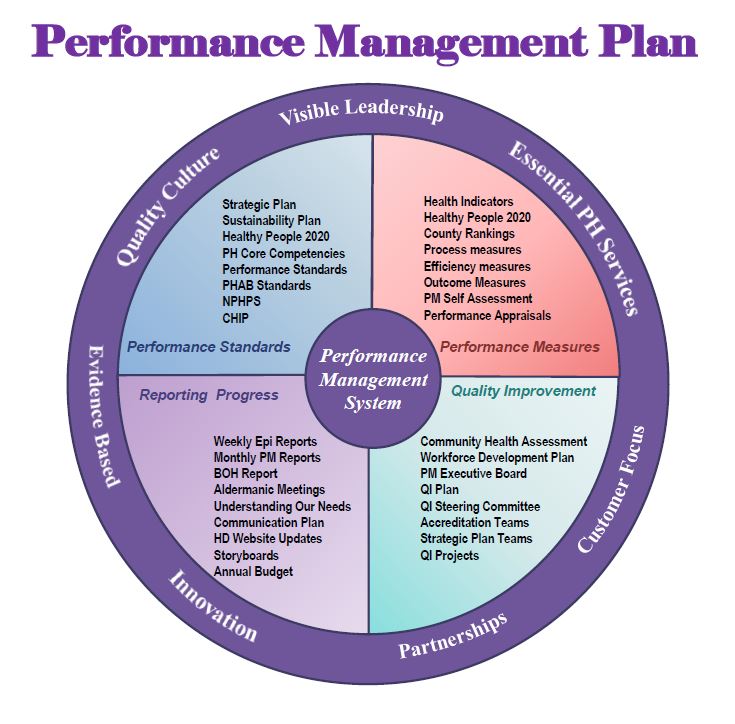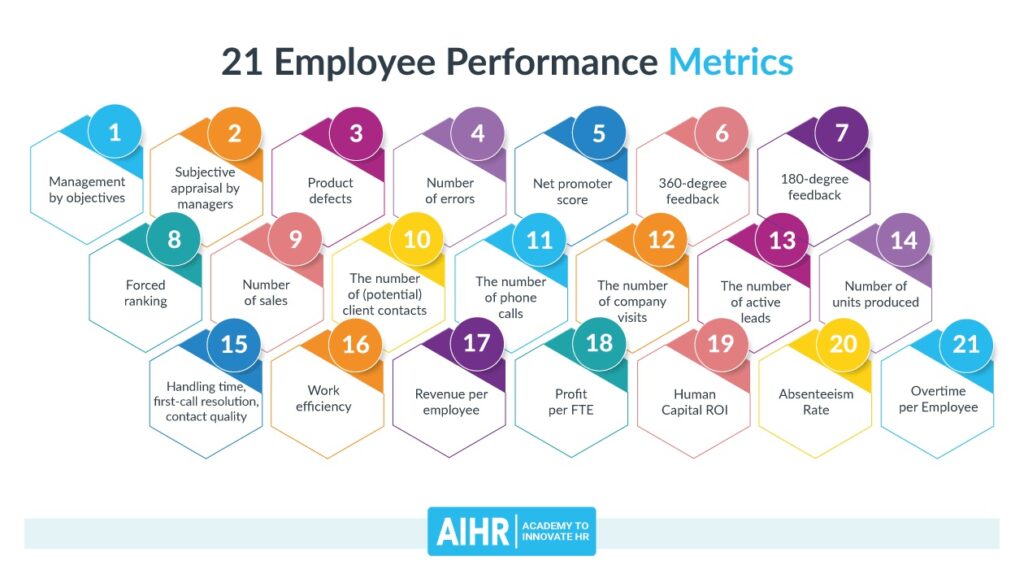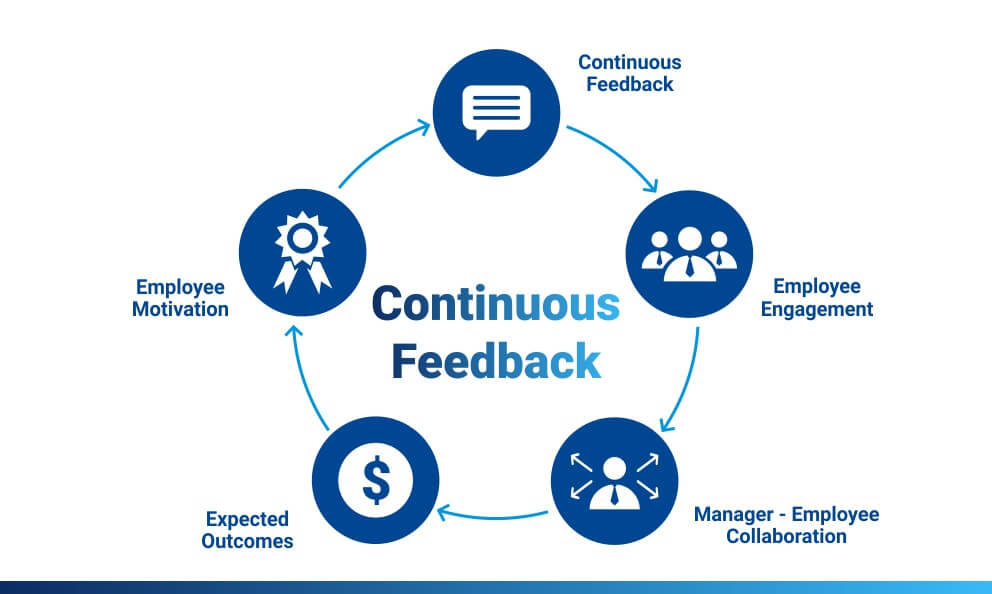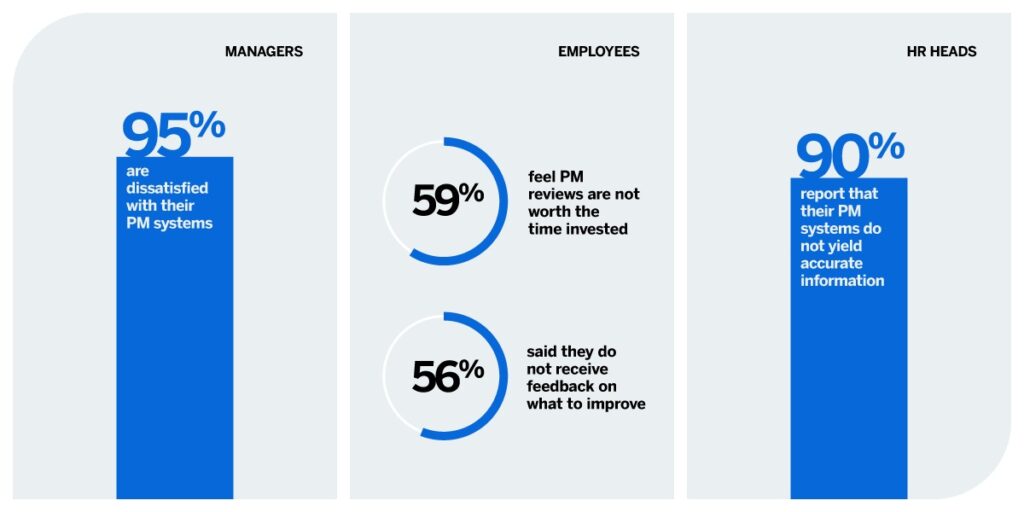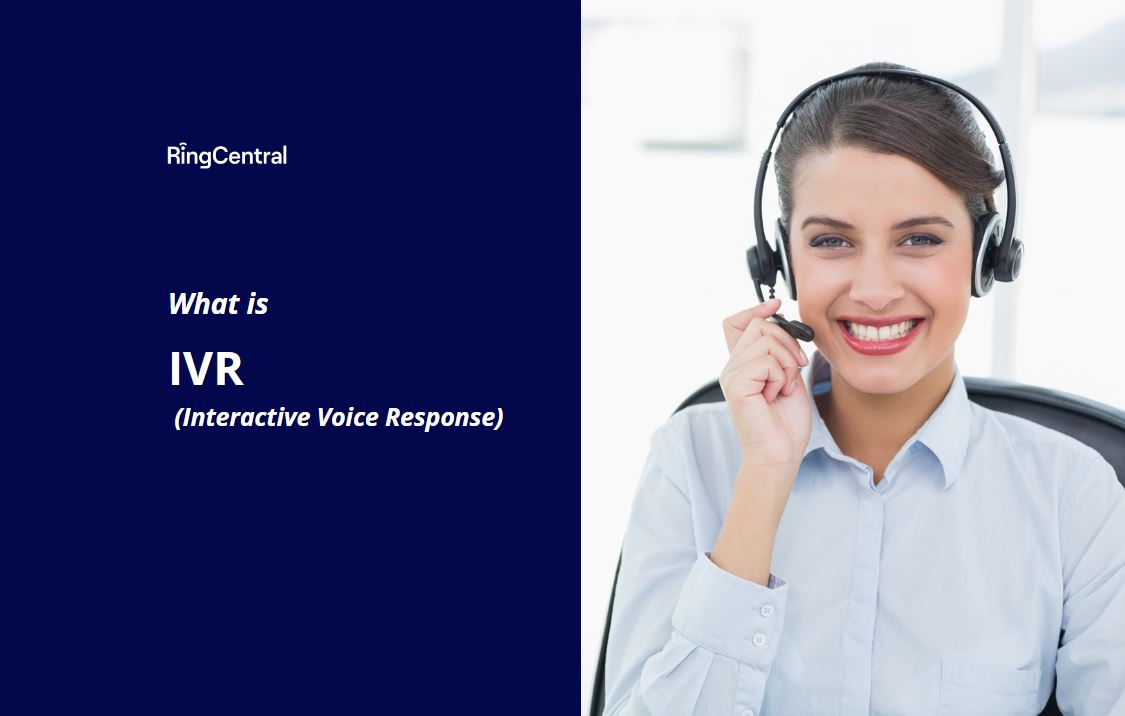Optimising Performance Management – 8 Best Steps to Take
In this article, we will cover:
- What is performance management?
- Performance management cycle
- Strategies for an effective performance management
- Common reasons of ineffective performance management
- How to choose the right performance management system
- The takeaway

For a business to succeed, it needs its staff pulling in the same direction. Good leadership understands this. The same customer-focused practices need to be followed, and the same business-critical procedures have to be complied with. This has to be true of all relevant staff, no matter where they are located.
Nowadays, with businesses becoming more and more far-flung and global operations proliferating, it’s important to institute a programme that maintains continuity throughout the organisation.
It also needs to reward wherever excellence is identified, and it has to highlight where underperformance occurs and be able to initiate any support needed.
This programme of monitoring, reward, and support is known as performance management.
What is performance management?
At its simplest, performance management is an approach wherein team member attitudes, activities, and output are monitored and enhanced in order to contribute toward the company’s strategic objectives. There are lots of ways of simplifying the process graphically. Here’s one:
An effective performance management programme will enable a staff member to see how they contribute to the success of the company. Expectations of achievement will be made clear to the employee, and there will be a measurement regime put in place so that the business and the employee can assess success.
Performance management cycle
There are six facets to the employee performance management process. Good human resource management will incorporate all of these.
-
Planning
Your planning template should consist of several components.
Firstly, there has to be agreement on SMART (specific/stretching, measurable, achievable/agreed, relevant and time-bound) objectives. By adhering to these factors, an objective will not wither and die but will be a realistic target, the achievement (or otherwise) of which will be a signifier of performance quality.
Secondly, there should be a personal development plan put in place. It’s important that the employee can appreciate that this is not just a development opportunity for them. It’s an endeavour aimed at assisting the organisation towards its strategic goals.
For instance, a call centre manager with many varied duties may wish to learn more about effective time management. If there’s a way this can be achieved in work time, then that might be a profitable route to take. However, a manager who would like to learn juggling would probably be best advised to do it in the evenings, unless the company has a well-developed sense of metaphor.
Thirdly, actions for the next few months need to be agreed upon so that the employee can hit the ground running.
Fourthly, there has to be a review process conducted regarding the employee’s job requirements. If there have been developments in the job, then this has to be recorded. Human Resources will need to be kept abreast of this job description alteration.
More than anything, planning is about ensuring that everyone’s happy with the procedure ahead. You have to leave the session having made sure that they grasp the nature of what the organisation needs from them. The plan should be set down for all concerned to see, whether it concerns an individual or, as in this case, a city.
Historically, planning would only take place once a year or so. But today, it’s commonplace to have planning check-ins occurring as often as every three months. The advantages in terms of being able to adapt a plan to suit changing requirements are clear.
-
Execution
Once the planning has been done and everyone’s happy with what needs to take place, there’s nothing else for it but to get on with it. It’s important for the employee to be able to reach out if they’re encountering difficulties during the early stages. All new procedures take time to bed in, after all, so do your best to anticipate difficulty by ensuring that the employee knows where to get support.
-
Tracking and monitoring
As the employee progresses with their task, their superior needs to be able to track their performance. How they do this will depend on the exact nature of the work, and there’s a wide range of metrics that can be employed.
The metrics used might include any number of relevant KPIs (key performance indicators). These KPIs will have been established and agreed upon at the planning stage. There are few things more dispiriting (or downright unfair) than a surprise metric that’s sprung upon somebody halfway through – or even after – the task in question.
The supervisor can, of course, intervene at any stage of the process if they think that the situation will benefit from their input. In other words, it’s not necessary to wait until the review stage before getting involved. Ongoing informal guidance is, in many ways, more helpful than formal input at the review stage. Why? Because timely advice is the best advice there is.
-
Improving

By issuing advice and feedback, the superior is giving the employee the best chance of improving their performance and, thereby, contributing to organisational profitability.
However, while you’re doing this, don’t ignore the negative influence that the physical workplace surroundings can have. (Also, remember that, for a significant proportion of staff, this needs to be applied to their homeworking environment. In other words, there may be environmental issues that will impact the employee’s ability to progress their professional development.
That’s not to say that it’s down to you to make the work environment utterly perfect. In work, as in life, perfection’s all too elusive.
-
Reviewing
This is the formal stage at which performance metrics are compared with the performance standards agreed at the planning stage. It might be done in person or, as is more commonly the case of late, remotely. In both cases, it’s important to be focused on the work here and not the person.
Obviously, there will be some crossover, but in the wrong hands, it’s all too easy for the session to become a character assassination rather than a constructive performance evaluation. Allow the employee to have input, but the primary focus should be on the output versus performance goals as these give the most objective depiction of how things stand.
There should then be a record made of the review. We’ll return to the subject of documentation below.
-
Rewarding
The importance of recognition of good performance is difficult to over-emphasise
“If you want it to happen, measure it. If you want it to be repeated, recognise it.”

At heart, we are very basic animals, and we tend to respond very positively to praise. This then positively reinforces the activity that induced the praise. In other words, rewards are incentives that encourage us to go looking for more objectives to meet and more challenges to surpass.
On the other hand, demotivation will surely ensue if an employee feels they’ve done all that’s been set for them, yet no recognition has ensued. This employee will tend towards bitterness and, in time, will be looking for another, more supportive, employer.
Strategies for effective performance management
1. Achievable goal setting
It’s important to get the level right. Nothing dies quicker than a target that’s deemed to be unachievable. But also remember that a goal that’s too lenient will not get the best ROI for your organisation. It will also make life too easy for your employee. Next stop, Inertia Avenue. After that, Complacency Close.
Your role is to give the employee meaningful targets that will have relevance to them. You may need to apply a certain amount of mentoring in order to propel them on their way to passing their milestones. There are plenty of doughty stalwarts from history that you can call on to assist you here as you seek to inspire. Some of their words will be more delicately put than others.
“It always seems impossible, until it’s done.”
“Keep buggering on”
2. Collaboration and communication transparency
An important part of performance management is how it makes an individual employee feel valued. If they know that their performance matters to the company then they will as a result feel that their role must be important.
Part of making an employee feel valued is collaboratively communicating with them. They need to know where they’re doing well or not so well, and they also need to know what’s happening with the company as a whole. It’s important for this overview of the company’s direction and performance to be shared among the workforce as a whole and not just among the board.
Performance management will run much more smoothly and be more effective if you’ve put in the groundwork of communication openness and transparency. Only this will give you the trust that’s needed for performance management to work best.
3. Documentation
The process of performance management depends upon an objective appreciation of what’s been agreed in the first place, then what gets observed as the process goes on. This is why adequate and accurate documentation is crucial.
Documentation needs to include clear indications of how the employee is performing regarding their objectives. It might also include a performance improvement plan, detailing performance issues and how they should be tackled.
Documentation can be in the form of a letter to the employee, a note for their file, or, most usefully, an entry in the staff member’s performance log.
The great thing about the last route is that the log gives a historical narrative to the employee’s performance so that trends can be noticed. It also serves as a nudge for the line manager. If it looks like an entry hasn’t been made for a while or if rewards are due, the manager can be prompted to action.
No matter what form it takes, it should be shared with the staff member, and they should have the opportunity to raise objections or make observations where appropriate. Sometimes, these can be helpful not just in terms of making the employee feel attended to but in terms of shining some useful light on an aspect of the work.
4. Performance rewards
We’ve touched on the importance of reward as far as positive reinforcement is concerned. The nature of the reward will depend on the employer. It can be a financial bonus or just a few positive words from the boss. The most favoured reward type is somewhat predictable.
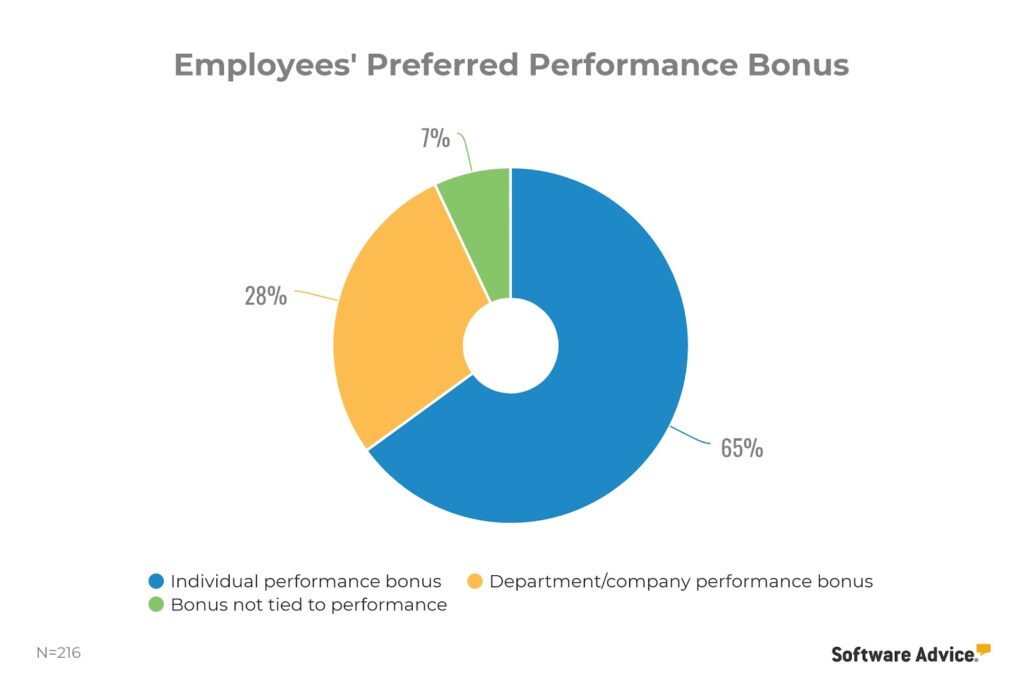
In truth, the exact form is secondary to making sure you have a reward system in the first place.
Consistency is vital. If a top-performing employee in one part of the organisation is rewarded far more extravagantly than an identically performing employee in another, there will be trouble. Word travels fast in companies, especially where perceived injustice is concerned.
Why cross-organisation inequalities might pop up is often down to individual managers having different approaches. This is why performance management needs to be conducted throughout the business. Only in this way can the process be made as objective and consistent as possible.
5. Sincere performance feedback and review

Less assertive managers might fudge negative observations. There’s confusion here between, on the one hand, giving helpful and constructive observations aimed at improving an individual’s performance and, on the other, highlighting where the individual is proving to be inadequate.
Sometimes, it’s a question of emphasis. A manager who starts by spotlighting positive aspects of performance will find that their subsequent observations will be received more readily, even if they turn out to be less than glowing.
As previously mentioned, it’s important to focus on task performance rather than employee character. Keep observations tightly focused on the individual’s performance relative to the agreed goals, using the metrics that have been agreed upon.
What’s certain is that the employee needs sincere feedback, or problems will persist and perhaps worsen.
6. 360-degree feedback
This is an interesting and sometimes very helpful process aimed at procuring a fuller picture of performance. Feedback is gathered from multiple sources in order to give some detail. Peers, subordinates, and managers are asked to submit feedback concerning strictly defined areas concerning an employee’s competencies.
The employee is asked to complete a self-assessment, and this is then compared with the feedback from others. This is very useful as a way of increasing an employee’s self-awareness, especially in terms of how their performance can be appreciated by others.
However, some sources will have a far less clear idea of an individual’s performance than others, so the performance evaluator needs to bear this in mind.
7. Continuous development
An important distinguishing characteristic of performance management is that it should be an ongoing, continuous process.
This is where it differs from the performance appraisal model, which usually consists of infrequent discrete steps, such as an annual review, that might be forgotten about until the next one comes along.
Performance management requires an element of continual real-time monitoring so that the manager is using fresh data every time an employee’s performance is being scrutinised. First impressions have to be abandoned in favour of an appreciation that includes what the employee has most recently been doing. In this way, an employee’s progress can be tracked, and high performance is more likely to ensue.
The essence of performance management is that its tenets should be applied during day-to-day interactions in the workplace so that continuous employee development is encouraged. This way, you give yourself the best possible chance of having great people. And your people are your brand.
8. Encourage full cooperation
The process requires buy-in from everyone concerned. Some employees will, quite naturally, be a little circumspect about a process that seems to be about finding fault in the way they do their job. This is a tendentious way of looking at it, but a common one.
This is why you need to play your part well. Make it clear to the employee that the process is of use to everyone, including, perhaps especially, them. If they have an interest in performing well (and if they don’t, then perhaps they are in the wrong job), then performance management will assist them.
So, you need to be reassuring at times. You should also allow the employee to feel that it’s a tool over which they’ve had some influence in the first place. This is why it’s helpful for all concerned to seek the employee’s perspective right from the start when one is setting down targets.
You don’t need to approve of all the employee’s suggestions. After all, it’s likely that some will press for easy targets with extremely elastic timeframes attached. But any interest you show in the viewpoint of the staff member will go a long way in how positively that person regards the process of performance management going forward.
<h2id=”reasons-of-ineffective-pm”>Common reasons for ineffective performance management
Performance management isn’t a panacea. It can go badly wrong if not handled right. Regrettably, this isn’t rare.
You can seek to avoid this by being mindful of one or two common mistakes.
1. Inadequate metrics and targets
When one settles on particular metrics, one has to be sure that the metrics actually do the required job. Do they measure the output of that particular individual or are they based on group performance? Are there factors coming in to play which serve to throw the metric off, thus giving an inadequate picture of the employee’s performance?
For example, a metric of sales for that department will not give an accurate picture of that salesperson’s performance. On the other hand, a metric purely focused on that individual’s sales will not give an idea of where their input has helped another’s output. Perhaps in this instance, a combination of individual and team data would be beneficial.
Targets are equally crucial to get right. And they must be applied sensitively. There is, for instance, a tendency among some Asian companies to set lower targets than their US counterparts. This is due to the profound embarrassment that accompanies missing a target in some Asian cultures, that is in itself quite demotivating to the individual. So, a target’s optimal level can depend on geography.
2. Lack of transparent communication
Where an organisation has barriers to transparency inserted by self-protecting tiers, this can be very harmful to a performance management process. It’s vital that an employee can look around and see that its principles are being equally and fairly applied everywhere in the business.
Where, for reasons of communications security, some parts of the organisation have to be under less general scrutiny than others, this has to be explained very clearly to those looking on.
A good way to ensure openness of communication is to use the data that’s given to the directors and the shareholders and apply it to the performance output of that individual or that sector. If companies use the same information throughout their structure and are clearly seen to be doing so, there is a greater belief in a common organisational goal and employee engagement will follow. This is a fertile environment in which performance management can flourish.
How to choose the right performance management system
Cloud-based performance management systems are becoming increasingly popular and for good reason. They take a lot of the repetitive work out of the process and can offer enticing features, such as machine learning and chatbot support for managers who are struggling with a particular stage of the procedure.
There are a number of varieties of performance management systems available, and some will be more appropriate to your organisation than others. For this reason, you need to appraise the features and decide which are of use to you.
These features can include automated goal management, writing assistants, dashboards for different levels of reporting, instant form routing, performance review reminders, and legal scan wizards to ensure nobody’s getting into any trouble on the back of any agreed goals.
You need to decide which of these are of interest to your business and choose accordingly. Of course, the great thing about most cloud-based solutions is that they’re readily scalable, so as your business becomes more complex, they can flex up.
The takeaway
Performance management is as much about attitude as it is about formal procedures. Its primary purpose is to elicit better performance, and it does this through a continual dialogue between the manager and team members. It’s the willingness to enter into a full, honest, and transparent dialogue that will determine, more than anything else,the success of your performance management process.
Originally published Aug 01, 2022, updated Aug 25, 2022



